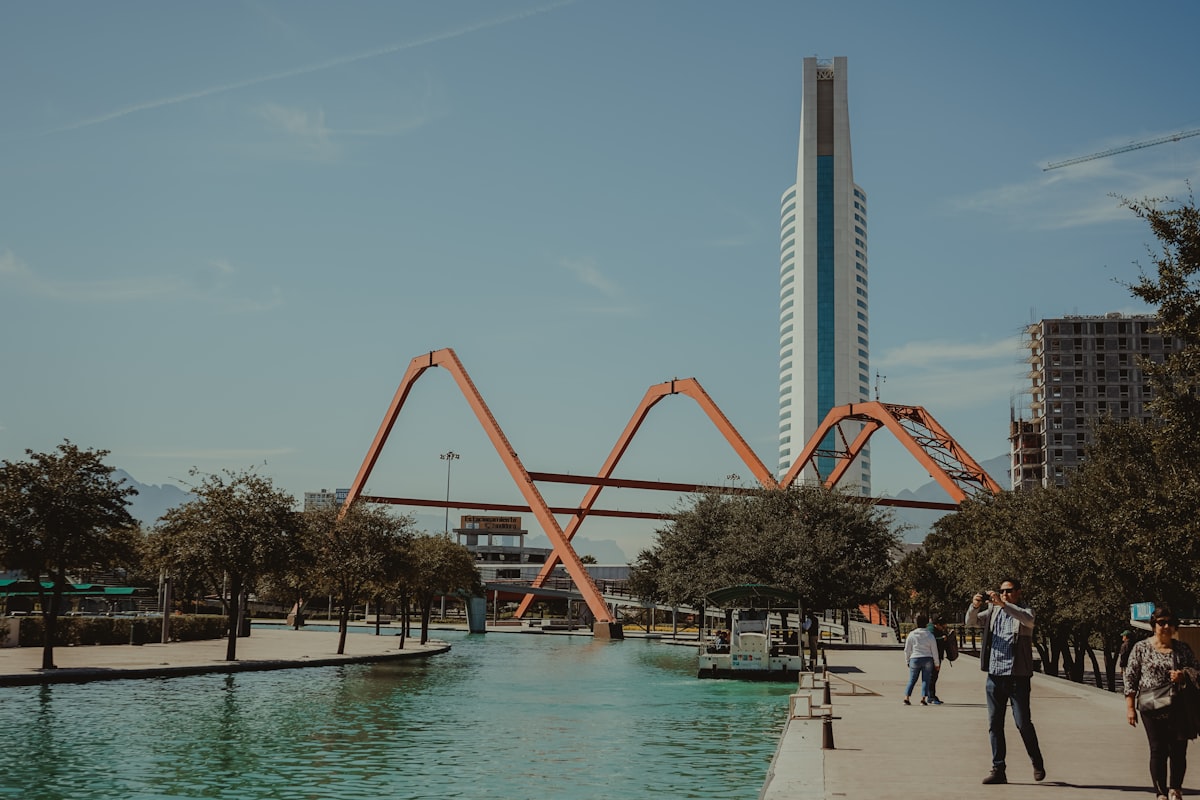The formation of Nuevo León: Monterrey in its first years
Montemayor founded the Metropolitan City of Nuestra Señora de Monterrey on September 20, 1596, "next to a large mountain and the springs they call Santa Lucia", where the town of that name had been and later the village of San Luis.





